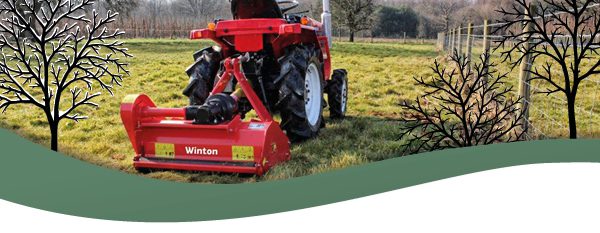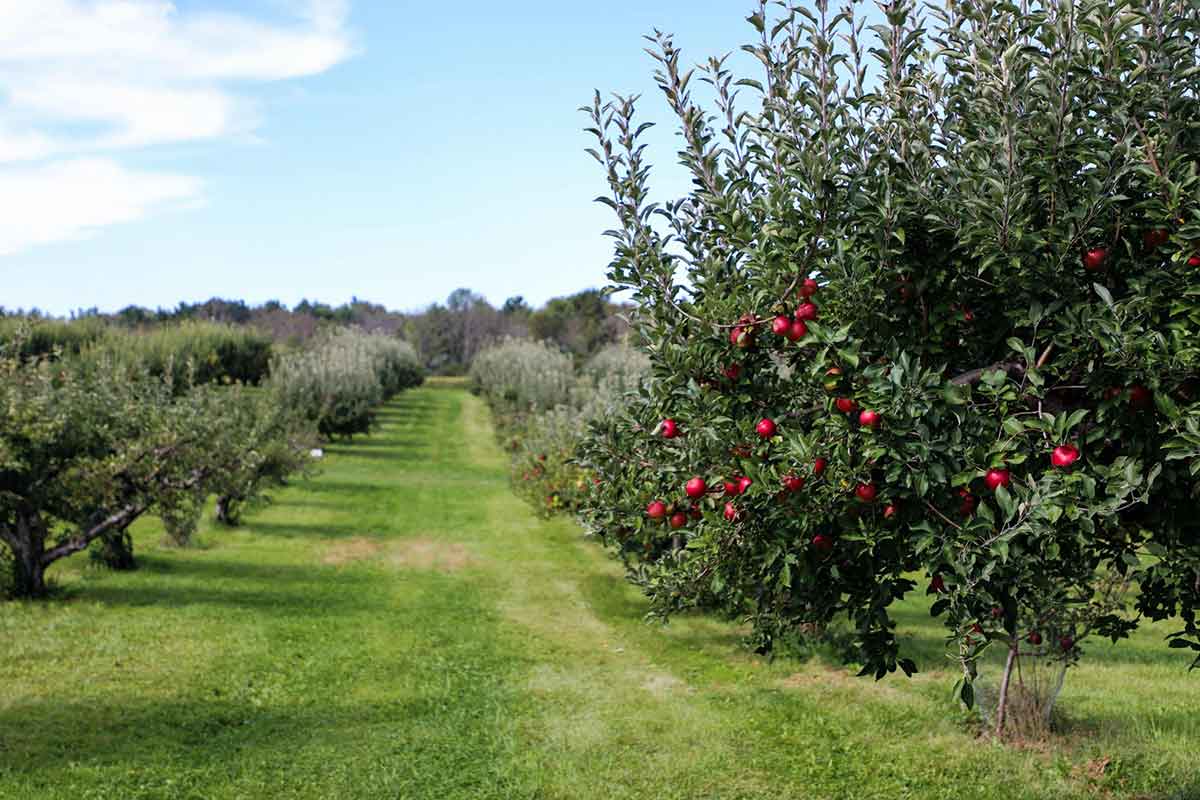Compared to the number of deaths in other industries, fatalities in the agricultural sector have been disproportionately high. In fact, farming is one of the UK’s most hazardous industries. One of the biggest causes of these deaths and serious injuries is tractor-related activities.
At Farm Tech, we often get lots of people asking what the best safety practices are when dealing with their tractor and implements — especially when children are involved. Children tend to have a natural fascination with working machines, which can draw them towards busy working areas. But children and machinery really don’t mix!
Smallholdings and working areas are hazardous and shouldn’t be used as a playground. So, let’s take a look at some of our dos and don’ts for improving tractor safety…
Do:
Read the manufacturer’s instructions before use to make sure you know how to use the tractor safely. If necessary, ensure you have received suitable training too.
• Always carry out inspections before starting up the tractor. Before checking equipment, make sure the handbrake is applied, all controls are in neutral, and the engine is switched off.
• Fit a roll bar or safety cab on mobile equipment such as smallholder tractors. These safety features provide protection should the vehicle overturn.
• Ensure restraining chains and PTO guards/shields are in place. Be sure to check they are the correct size and length for the shaft — badly fitting guards can be just as dangerous as no guard at all!
• Make sure other guards are in place and secured to prevent access to other dangerous parts of the machine. This includes rotating shafts, pulley drives and the chain and sprocket.
• Ensure windows are clean and that mirrors are intact and correctly adjusted. It is important to have good all-round visibility when operating heavy machinery such as a tractor. This is especially true if children, who can be difficult to see, are nearby.
• Dress in close-fitting clothing, remove scarves and jewellery and tie long hair back or keep it under a cap. Loose hair and clothing can easily be caught by unguarded PTO shafts or other unguarded moving parts such as pulleys and belts.
• Put on personal protective equipment if necessary. This might include wearing a high vis jacket so people can see you easily.
• Wear a lap belt or seat belt at all times to minimise the risk of injury. Accidents can happen easily by banks, ditches, drains, ramps or uneven ground.
• Conduct regular maintenance on your tractor. Poorly maintained machinery or faulty equipment is a major cause of death and serious injury on smallholdings.
• Remove your keys from the ignition after use and keep them away from the tractor — somewhere children can’t get hold of them!
• Carry your mobile phone with you at all times — don’t leave it in the tractor cab! Make sure you have all the relevant emergency information and contact numbers saved, too.
• Keep people, including children, away from vehicles and areas where vehicles are moving. You should keep children at least five metres away at all times.
And now for a few don’ts…
Do not:
• Ever step across a rotating power shaft or any moving parts. Always walk safely around the machine.
• Use PTO-powered equipment that has missing or damaged guards or missing chains. Defective PTO shafts can disconnect from the machinery, so it’s essential to get them repaired or replaced.
• Rest PTO shafts and guards on drawbars and do not let them drop on the ground.
• Allow children to ride in the cab of a tractor. Tractors are not designed to carry children and being run over after falling from tractors is a common cause of fatal accidents.
• Permit any child under 13 years of age to drive a tractor. Children under the age of 13 years are expressly prohibited from driving or riding on any agricultural machines.
If you have any further questions about tractor safety, please don’t hesitate to get in contact with us. We’re always happy to help!








